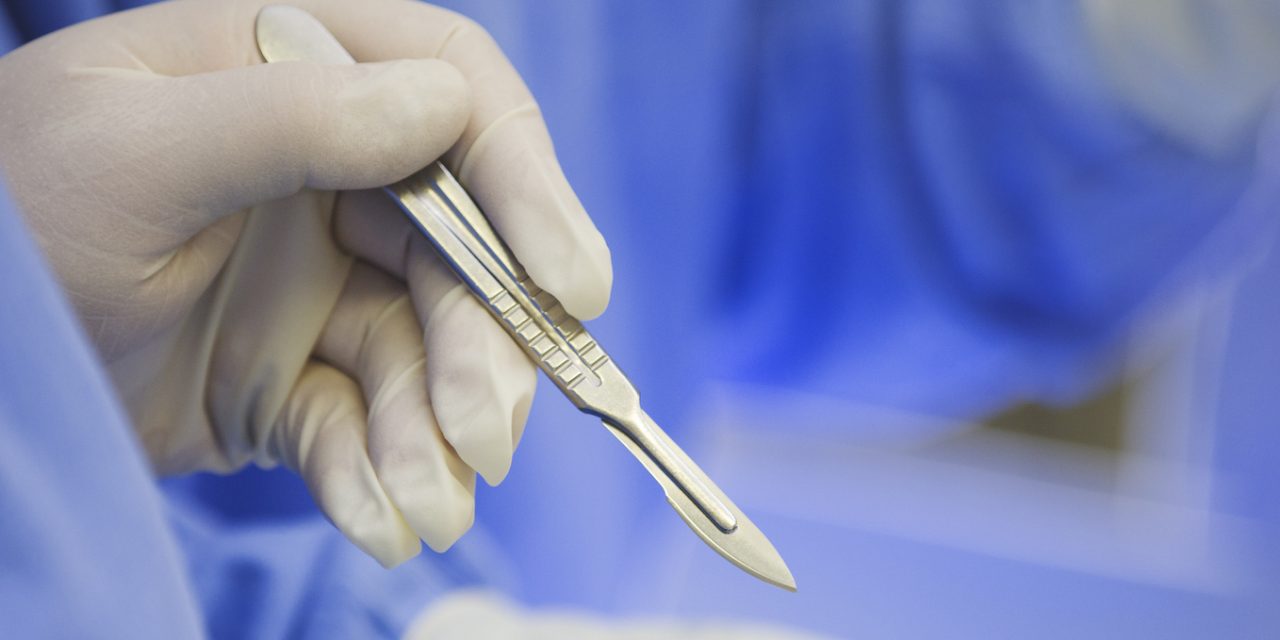Transvenous embolization is the favored treatment for indirect carotid-cavernous fistulas (CCFs). However, transarterial embolization can be used as an alternative method when the venous route is inaccessible. We present the case of a 47-yr-old woman with a history of diplopia, headaches, and sixth cranial nerve (CN-VI) palsy who presented with acute worsening of headache and ophthalmoplegia and rise of intraocular pressures. Angiography demonstrated a left indirect CCF (dural arteriovenous malformation) with multiple arterial feeders from the internal carotid artery as well as the middle meningeal artery (MMA) (Barrow type D). Transvenous approach was attempted first but was unsuccessful due to difficult access to the cavernous sinus. Thus, transarterial embolization through the MMA feeding branches was planned. To avoid occluding distal branches of the MMA by Onyx, we coiled it distally. In addition, we used a scepter balloon proximally to prevent the reflux of Onyx into potential collaterals to cranial nerves from proximal MMA. After trapping a segment of the MMA, Onyx was injected into the CCF fistula through the small MMA feeders. A postembolization arteriogram showed obliteration of the CCF. The patient developed mild left facial nerve paresis on the first postoperative day (thought to be related to partial embolization of tiny arteries in the facial canal), which was resolving in the course of hospitalization. She remained neurologically stable, and was discharged on the third postoperative day. To the best of our knowledge, this is the first report of transarterial embolization of CCF by distal coiling and proximal ballooning to trap a segment of an artery. The authors hereby confirm that informed consent was obtained from the patient after thorough discussion of the procedure’s rationale, risks, benefits, and alternatives.
Technique to “Trap” a Segment of the Middle Meningeal Artery for Embolization of a Carotid Cavernous Fistula: 2-Dimensional Operative Video.


